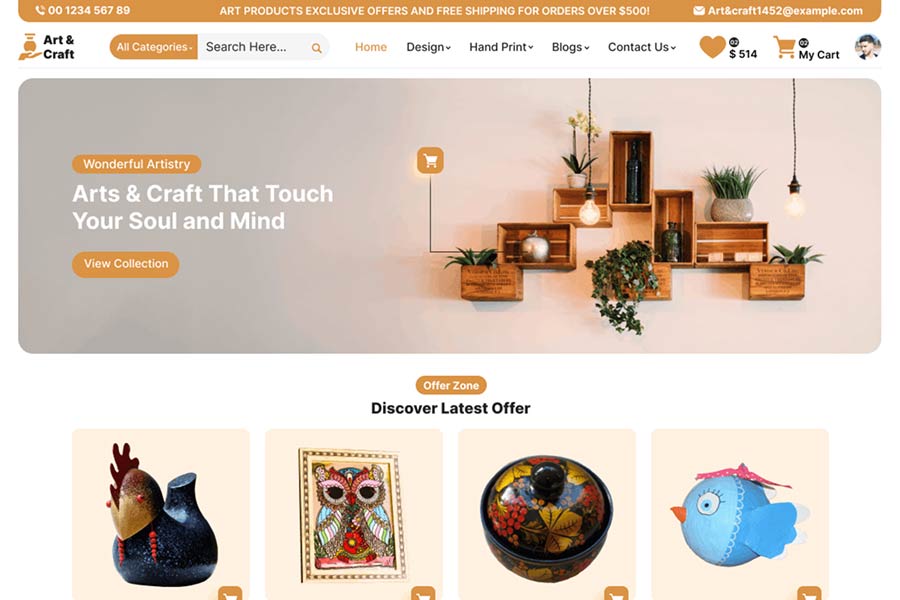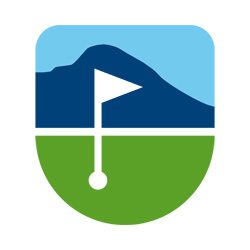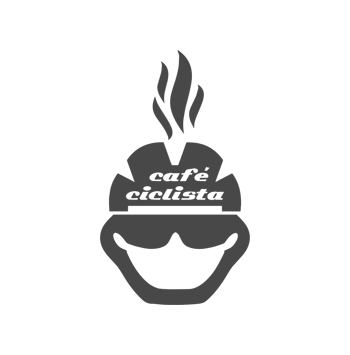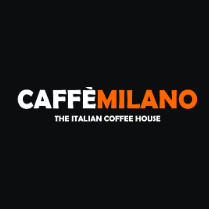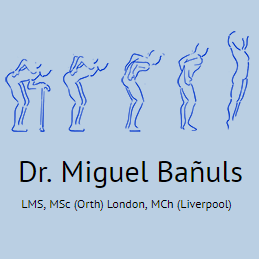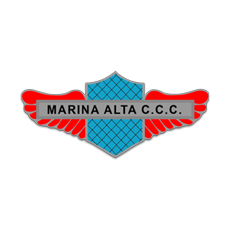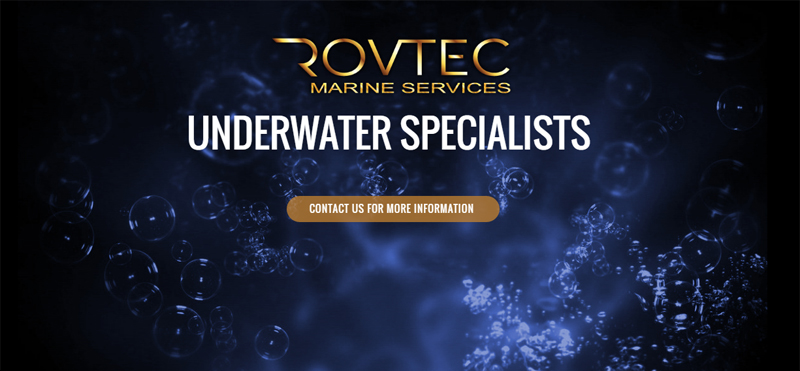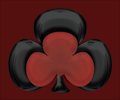A high-converting landing page is your secret weapon in the digital marketing world, turning curious visitors into loyal customers. This essential webpage strategically drives traffic and increases conversions by focusing on one clear call-to-action (CTA). With the right landing page design, you can create effective landing pages that resonate with your specific audience’s needs. Implementing CTA best practices enhances your chances of success, guiding visitors seamlessly towards that all-important action. To ensure you’re on the right track, make sure to consult your landing page checklist to include all necessary elements.
When discussing the creation of effective online entry points, a superior landing page is crucial for driving user engagement and conversion rates. These targeted web pages serve as gateways, inviting visitors to take specific actions—whether signing up, purchasing, or subscribing. By honing in on clear messages and compelling visuals, you’ll optimize these digital spaces to not only attract traffic but also maximize user interactions. A well-designed landing area can significantly elevate your marketing strategy, ensuring your audience feels guided and informed throughout their browsing experience.
Understanding High-Converting Landing Page Essentials
Creating a high-converting landing page is an art that balances aesthetics, usability, and targeted messaging. The first step in this process is to grasp what makes these pages effective. An effective landing page addresses a specific audience and presents a single, compelling call to action (CTA). By narrowing focus, you ensure visitors are not overwhelmed. Studying key principles from landing page design can reveal common elements that win over visitors and convert them into leads.
Developing your understanding of effective landing pages involves examining the core elements that drive conversions. By employing techniques such as clear headlines and compelling visuals that underscore your message, you lay down the foundation of an impactful page. Remember that the simpler the message, the easier it is for visitors to recognize the value you offer. Use direct language and powerful imagery to evoke emotion and drive the desired action, ensuring visitors see the benefits of converting immediately.
Key Elements for Increasing Conversions on Landing Pages
The characteristics of high-converting landing pages are grounded in simplicity and clarity. Each element on the page should serve a specific purpose that ultimately guides visitors toward the call-to-action. Features such as a clear, benefit-driven headline and scannable copy help maintain focus on the one action you want visitors to take. Using bullet points allows for quick reading, offering immediate insight into the benefits they will receive. Short, concise paragraphs enhance readability and retention, critical components for converting interest into action.
Additionally, compelling visuals play a significant role in crafting landing pages that perform well. Incorporating images of happy customers or demonstrating the usage of your product can resonate deeply with viewers. This creates a connection by sparking their imagination on how your offering can enhance their lives. Moreover, integrating social proof, such as testimonials, awards, or recognizable brands/products can build trust and credibility, reassuring visitors about their decision to take the leap.
Implementing CTA Best Practices for Maximum Impact
Having a strong call-to-action (CTA) is pivotal in the realm of landing pages. It directs visitors on what to do next and how to engage with your offering. For a CTA to be effective, it must be highly visible, action-driven, and clear about the benefit the user will receive. For instance, using phrases like ‘Get Your Free Trial Today!’ presents a direct value to the potential lead. This clear and motivating instruction prompts action rather than passive consideration.
A common pitfall when creating CTAs is lack of urgency or clarity. Make sure your CTA button stands out via contrasting colors against your landing page background and is easy to locate. Remember to use urgent language that inspires immediate action—words like ‘now’ or ‘today’ push visitors to avoid delay. Tracking changes in your CTA’s performance can lead to insights that drive ongoing improvements for better conversions.
Avoiding Common Landing Page Mistakes That Kill Conversions
Understanding the common mistakes that hinder conversion rates on landing pages can set you ahead in creating high-impact designs. One typical trap is overcrowding the page with navigation options and multiple calls-to-action. This not only confuses potential customers but also detracts from the main objective, which is driving them toward a singular action. Aiming for a minimalist approach can help ensure clarity and focus, guiding visitors toward taking the desired next step.
Another frequent error involves requesting too much information upfront. Visitors may hesitate to fill out long forms, leading to potential leads slipping away. Instead, only ask for essential details, reducing friction in the process. Remember to consider mobile optimization as well; a significant percentage of conversions now come from mobile devices. A responsive design ensures that visitors have a seamless experience, no matter how they access your landing page.
The Ultimate Landing Page Checklist for Conversion Success
Before launching your landing page, a thorough checklist can make all the difference in maximizing conversions. Ensure you have a compelling, benefit-driven headline that encapsulates visitors’ attention immediately. Follow this by creating scannable copy that highlights major benefits in an easy-to-digest format. Incorporate elements like social proof, which speaks volumes about your credibility, alongside testimonials and reputable brands that back your product.
Additionally, don’t overlook the visual aspect; quality images or videos illustrating your product can greatly enhance engagement. Ensure your call-to-action is both visible and persuasive by making it enticing and straightforward. Lastly, don’t forget about the technical aspects; your landing page should load quickly and be optimized for all devices to provide the best user experience possible.
Tips for Designing Effective Landing Pages
When embarking on the design of your landing page, focus on creating an experience rather than just a page. Effective landing pages utilize whitespace strategically to create a clean, breathable layout that avoids overwhelming the visitor. This not only enhances visual appeal but also targets the visitor’s eye toward crucial elements, like the CTA. Each design choice—from color schemes to font types—should resonate with your brand’s identity while remaining user-centric.
Test different designs to see what resonates best with your target audience. A/B testing allows you to compare variations of your landing page to determine which elements drive higher conversions. Monitor metrics such as bounce rate, click-through rate, and conversion percentage to make data-informed adjustments. By continuously optimizing based on visitor behavior and preferences, your landing page will evolve into a powerful tool that captures and converts leads effectively.
Examples of Successful High-Converting Landing Pages
Analyzing successful landing page examples can provide invaluable insight for your own designs. Take, for example, a meal planning bundle landing page that effectively addresses a specific pain point by offering time-saving solutions. It employs a clear headline with an engaging visual of the meal plans, further complemented by testimonials showcasing user satisfaction. This combination of clarity and relevant content effectively drives visitors to take action.
Another exceptional landing page to study is one dedicated to an online homemaking course, which highlights the transformation visitors can expect by joining. The use of vivid imagery, a straightforward CTA, and glowing testimonials make it clear why potential customers should enroll. These examples show that successful landing pages are not just about aesthetic appeal; they build a connection with the audience, answer their needs, and guide them towards conversion seamlessly.
Steps to Build Your First High-Converting Landing Page
Building your first high-converting landing page starts with defining a singular goal. Clarity about what you want your visitors to do helps drive the design and content decisions you make. Focus on your audience’s pain points; understanding what they need allows you to tailor your message effectively, resulting in a targeted approach in both visuals and copy.
From here, you can craft your compelling headline and supportive subheadline that encapsulate your value proposition. Maintain a design that emphasizes focus, eliminating distractions that can pull attention away from the desired action. Lastly, embrace ongoing improvement by testing different versions of headlines, images, and CTAs to identify what resonates most with your audience.
Final Thoughts on Creating High-Converting Landing Pages
Creating high-converting landing pages requires more than just following a formula; it’s about understanding your audience and the problem your product or service solves. By honing in on what a successful landing page entails—meaningful content, sharp design, and solid CTAs—you can instill confidence in your potential customers, making them more inclined to convert.
Ultimately, the goal is to create a dedicated space that nurtures leads through the sales funnel. From the moment they land on your page to the action of conversion, every aspect should be designed with intent. Keep testing and refining based on your findings, and watch as your landing pages evolve into robust conversion tools that directly impact your business growth.
Frequently Asked Questions
What are the key elements of a high-converting landing page?
A high-converting landing page must include a clear, benefit-driven headline, compelling visuals that support your message, scannable and benefit-focused copy, social proof like testimonials, and a strong, clear call-to-action (CTA). Each of these elements plays a crucial role in increasing conversions by guiding visitors towards taking a specific action.
How can effective landing pages increase conversions?
Effective landing pages increase conversions by focusing on a single goal, making it easy for visitors to understand what action they should take. By removing distractions, using clear messaging, and including strong CTAs, these pages can significantly boost visitor engagement and turn them into loyal customers.
What are some CTA best practices for high-converting landing pages?
For high-converting landing pages, CTA best practices include using action-oriented language, ensuring the button is highly visible, making it benefit-focused, and creating a sense of urgency without being insincere. These strategies enhance user motivation and drive conversions.
What is a landing page checklist to ensure high conversions?
A landing page checklist for high conversions includes ensuring you have a clear, benefit-driven headline, scannable copy focused on benefits, social proof (like testimonials), a strong, visible call-to-action, a mobile-friendly design, and fast loading times (under 3 seconds). Following this checklist helps create effective landing pages.
What common mistakes should be avoided in landing page design for better conversions?
Common mistakes in landing page design that can kill conversions include cluttered layouts with too many navigation options, asking for excessive information, lack of mobile optimization, and mismatched messaging that confuses visitors regarding the desired action.
How can I improve my landing page for increased conversions?
To improve your landing page for increased conversions, focus on a single clear goal, understand your audience’s pain points, craft a compelling headline, design with focus, and continually test and improve your page. Each step contributes to maximizing your conversion rate.
What makes a landing page effective in converting visitors?
An effective landing page converts visitors by clearly communicating what benefits they will receive, addressing their specific needs, including persuasive elements like social proof, and guiding them to take one focused action without any distractions.
| Key Point | Description |
|---|---|
| Definition of High-Converting Landing Page | A landing page that persuades visitors to take a single specific action. |
| Key Elements | 1. Clear, benefit-driven headline 2. Compelling visuals 3. Scannable copy 4. Social proof 5. Strong, visible Call-to-Action (CTA) |
| Common Mistakes | 1. Too many navigation options 2. Asking for too much information 3. Lack of mobile optimization 4. Mismatched messaging |
| Step-by-Step Process | 1. Define one clear goal 2. Understand audience pain points 3. Create effective headline 4. Design with focus 5. Continuously test and improve |
| Checklist Before Publishing | ✅ Clear, benefit-driven headline ✅ Scannable, benefit-focused copy ✅ Social proof included ✅ Strong, visible CTA ✅ Mobile-friendly design ✅ Fast loading time ( |
Summary
Creating a high-converting landing page is essential for any online business looking to maximize its number of subscribers and customers. By focusing on clearly defined goals, addressing audience pain points, and minimizing distractions, you can craft a page that effectively guides visitors toward a single call-to-action. Remember, the key to success lies in simplicity and clarity, making it easier for visitors to understand what to do and what benefits they will receive. Implementing the must-have elements like compelling visuals, social proof, and a strong CTA will significantly enhance your conversion rates. Start building your high-converting landing page today, and watch your business soar!

